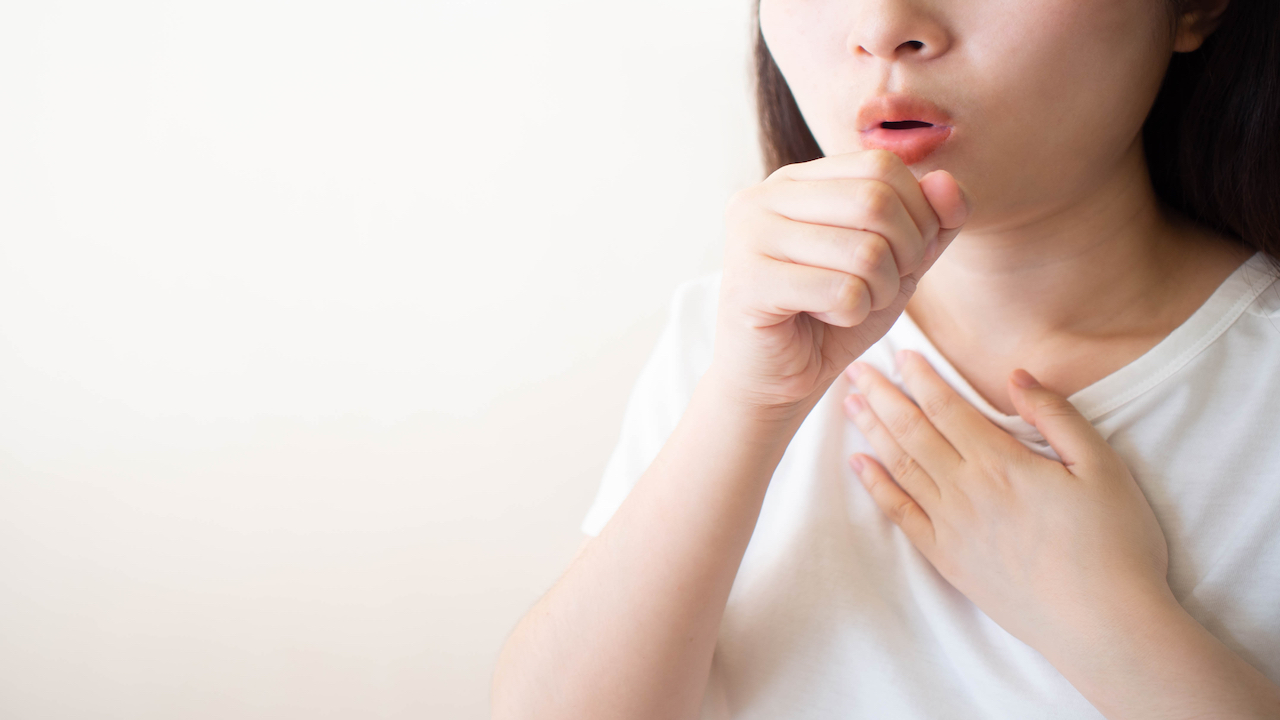Atypical pneumonia is a lung infection caused by less common microorganisms than those of normal pneumonia, such as viruses, Mycoplasma pneumoniae, Legionella pneumophila or Chlamydophila pneumoniae, for example.
This type of pneumonia is often contagious by contact with the saliva droplets of the infected person and is therefore more common in people who share confined spaces, such as prisoners or military personnel, being an important suspect when the whole family is presenting. the same symptoms.
- Although known as severe pneumonia.
- Atypical pneumonia is curable and can be treated at home with rest and the use of antibiotics prescribed by your doctor or pneumologist.
- What happens is that.
- Being caused by other less common types of microorganisms.
- Their treatment can be more difficult and prolonged.
- With greater chances of complications.
Signs and symptoms of atypical pneumonia may be slightly different from those of common pneumonia and include:
Symptoms of atypical pneumonia can take 3 to 10 days to appear and may worsen for several weeks.
Diagnosis of atypical pneumonia usually begins with an evaluation by the doctor, who is trying to understand the symptoms and see if there has been contact with another person who may have a respiratory infection.
In addition, your doctor also evaluates signs of severity and orders blood tests and a chest x-ray, especially to understand what type of pneumonia it is, because the pattern that appears in the X-ray result and blood tests is often different. in cases of atypical pneumonia.
A pneumonia atípica é contagiosa, sendo facilmente transmitida através das gotículas de saliva contaminadas. Assim, é sempre importante cobrir a boca com um lenço ou uma máscara para espirrar ou tossir, para evitar contaminar outras pessoas com qualquer tipo de infecção respiratória.
Because symptoms of atypical pneumonia can take a few days to appear, the person may pass the disease before confirming the diagnosis, especially if he or she starts coughing or sneezing. For example, people who live in the same home or who are in close contact have an increased risk of getting the infection and should therefore also consult their doctor to see if they can become infected and start treatment.
Learn 10 important precautions to avoid pneumonia
Treatment of atypical pneumonia lasts about 14 to 21 days and may be done at home with antibiotics, such as erythromycin, azithromycin or levofloxacin, prescribed by the pneumologist or emergency physician. Because atypical pneumonia is caused by microorganisms other than common pneumonia, the antibiotics used may be changed once or twice during treatment.
In addition, during treatment, it is recommended to:
These precautions are important to prevent pneumonia from returning or getting worse, leading to complications such as respiratory arrest, encephalitis or myocarditis, for example.
Signs that treatment isn’t working include an increase in fever above 40 degrees and worsening shortness of breath, which can lead to rapid breathing and a heartbeat of the nose.
With signs of getting worse, it’s important to go to the hospital, as additional tests may be needed, change antibiotics, or stay in the hospital for respiratory therapy, oxygen, or antibiotic injections into your vein.
When treatment is successful, signs of improvement usually appear, such as a decrease in fever in 4 days, a decrease in fatigue and an increase in ease of breathing.
Despite signs of improvement in atypical pneumonia, pharmacological treatment of atypical pneumonia should continue until the end of the antibiotic, preventing pneumonia from returning or worsening.

